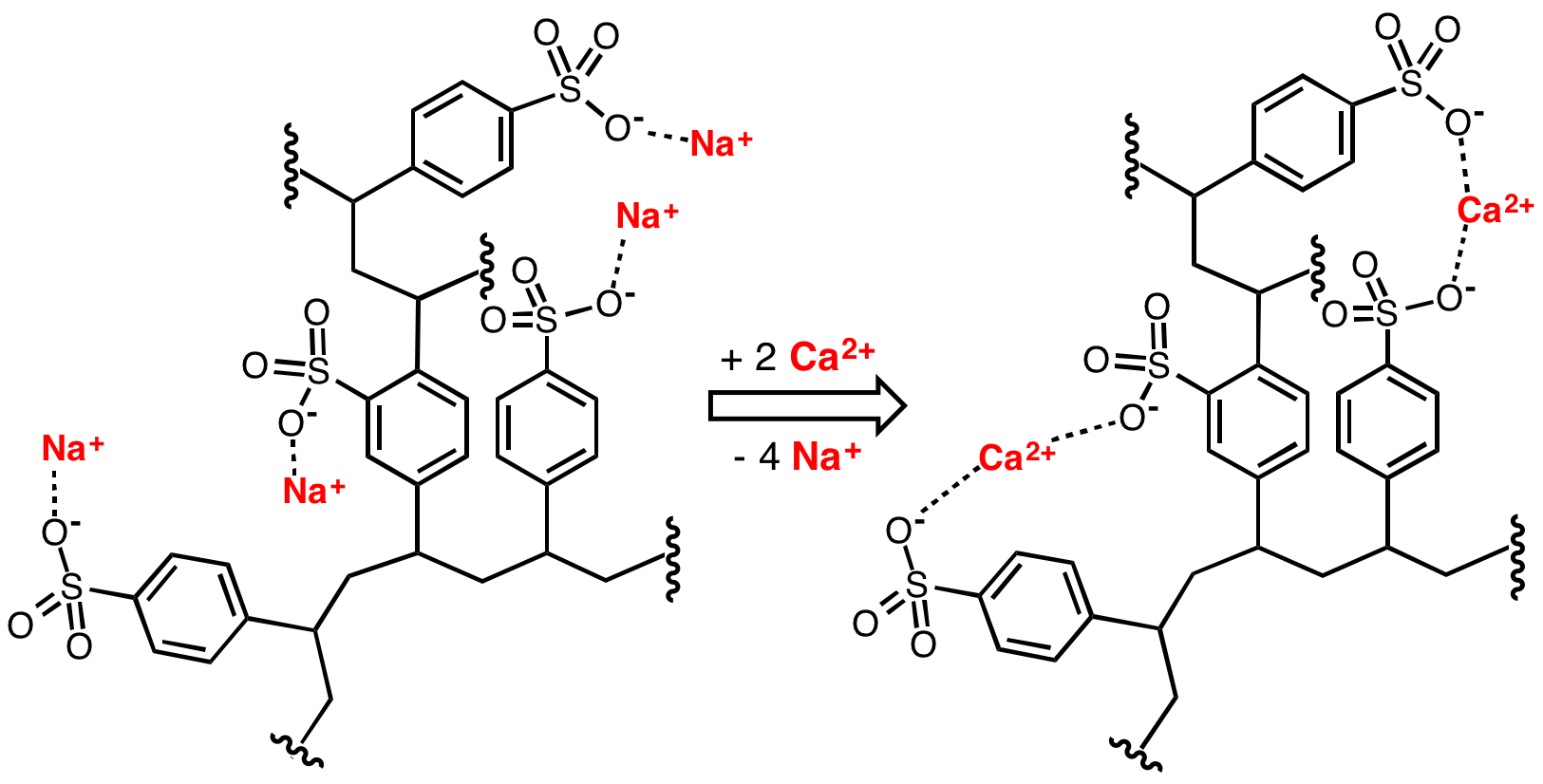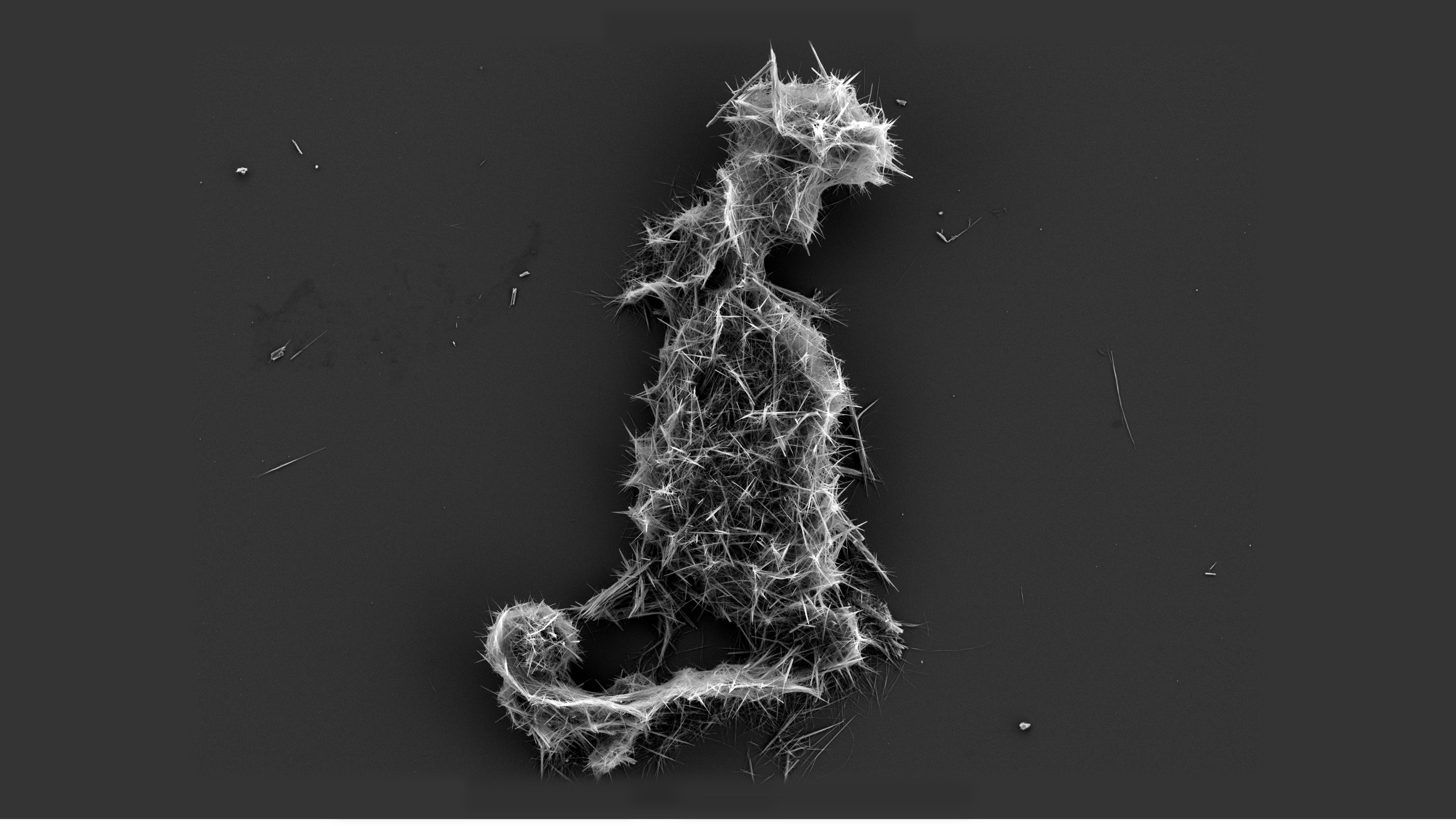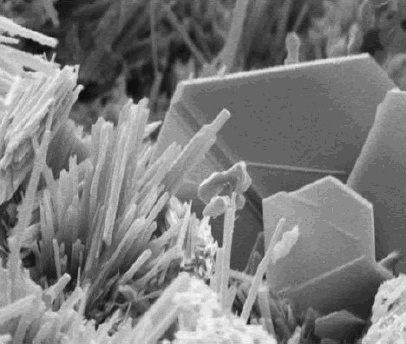|
Sugar Refineries
A sugar refinery is a refinery which processes raw sugar from cane or beets into white refined sugar. Many cane sugar mills produce raw sugar, which is sugar that still contains molasses, giving it more colour (and impurities) than the white sugar which is normally consumed in households and used as an ingredient in soft drinks and foods. While cane sugar does not need refining to be palatable, sugar from sugar beet is almost always refined to remove the strong, usually unwanted, taste of beets from it. The refined sugar produced is more than 99 percent pure sucrose. Many sugar mills only operate during the harvest season, whereas refineries may work the year round. Sugar beet refineries tend to have shorter periods when they process beet than cane refineries, but may store intermediate product and process it in the off-season. Raw sugar is either processed and sold locally, or is exported and refined elsewhere. History Sugar refineries date back to Arab Egypt in the 12 ... [...More Info...] [...Related Items...] OR: [Wikipedia] [Google] [Baidu] |
American Sugar Refining
American Sugar Refining, Inc. is a large privately held cane sugar refining company, with a production capacity of 6.5 million tons of sugar. The company produces a full line of consumer, industrial, food service, and specialty sweetener products. In 2013, it adopted the corporate brand name ASR Group. Its ownership structure is based on a partnership which includes the Florida Crystals Corporation, part of FLO-SUN, a sugar empire of the Fanjul brothers whose origins go back to Spanish-Cuban sugar plantations of the early 19th century. Activities Across North America, American Sugar Refining owns and operates six sugar refineries as well as specialty sweetener production facilities and a strategic warehousing and distribution system that combine to provide seamless production and delivery of its products to customers across the United States, Canada, and Mexico. The refineries are located in: * Yonkers, New York *Baltimore, Maryland *Chalmette, Louisiana – This plant c ... [...More Info...] [...Related Items...] OR: [Wikipedia] [Google] [Baidu] |
Ion-exchange Resin
An ion-exchange resin or ion-exchange polymer is a resin or polymer that acts as a medium for ion exchange. It is an insoluble matrix (or support structure) normally in the form of small (0.25–1.43 mm radius) microbeads, usually white or yellowish, fabricated from an organic polymer substrate. The beads are typically porous, providing a large surface area on and inside them where the trapping of ions occurs along with the accompanying release of other ions, and thus the process is called ion exchange. There are multiple types of ion-exchange resin. Most commercial resins are made of polystyrene sulfonate.François Dardel and Thomas V. Arden "Ion Exchangers" in Ullmann's Encyclopedia of Industrial Chemistry, 2008, Wiley-VCH, Weinheim. . Ion-exchange resins are widely used in different separation, purification, and decontamination processes. The most common examples are water softening and water purification. In many cases ion-exchange resins were introduced in such ... [...More Info...] [...Related Items...] OR: [Wikipedia] [Google] [Baidu] |
Activated Carbon
Activated carbon, also called activated charcoal, is a form of carbon commonly used to filter contaminants from water and air, among many other uses. It is processed (activated) to have small, low-volume pores that increase the surface area available for adsorption (which is not the same as absorption) or chemical reactions. Activation is analogous to making popcorn from dried corn kernels: popcorn is light, fluffy, and has a surface area that is much larger than the kernels. ''Activated'' is sometimes replaced by ''active''. Due to its high degree of microporosity, one gram of activated carbon has a surface area in excess of as determined by gas adsorption. Charcoal, before activation, has a specific surface area in the range of . An activation level sufficient for useful application may be obtained solely from high surface area. Further chemical treatment often enhances adsorption properties. Activated carbon is usually derived from waste products such as coconut husks; was ... [...More Info...] [...Related Items...] OR: [Wikipedia] [Google] [Baidu] |
Bone Char
Bone char ( lat, carbo animalis) is a porous, black, granular material produced by charring animal bones. Its composition varies depending on how it is made; however, it consists mainly of tricalcium phosphate (or hydroxyapatite) 57–80%, calcium carbonate 6–10% and carbon 7–10%. It is primarily used for filtration and decolorisation. Production Bone char is primarily made from cattle and pig bones; however, to prevent the spread of Creutzfeldt–Jakob disease, the skull and spine are no longer used. The bones are heated in a sealed vessel at up to ; the oxygen concentration must be kept low while doing this, as it affects the quality of the product, particularly its adsorption capacity. Most of the organic material in the bones is driven off by heat, and was historically collected as Dippel's oil; that which is not driven off remains as activated carbon in the final product. Heating bones in an oxygen-rich atmosphere gives bone ash, which is chemically quite differe ... [...More Info...] [...Related Items...] OR: [Wikipedia] [Google] [Baidu] |
Calcium Phosphate
The term calcium phosphate refers to a family of materials and minerals containing calcium ions (Ca2+) together with inorganic phosphate anions. Some so-called calcium phosphates contain oxide and hydroxide as well. Calcium phosphates are white solids of nutritious value and are found in many living organisms, e.g., bone mineral and tooth enamel. In milk, it exists in a colloidal form in micelles bound to casein protein with magnesium, zinc, and citrate–collectively referred to as colloidal calcium phosphate (CCP). Various calcium phosphate minerals are used in the production of phosphoric acid and fertilizers. Overuse of certain forms of calcium phosphate can lead to nutrient-containing surface runoff and subsequent adverse effects upon receiving waters such as algal blooms and eutrophication (over-enrichment with nutrients and minerals). Orthophosphates, di- and monohydrogen phosphates These materials contain Ca2+ combined with , , or : * Monocalcium phosphate, ... [...More Info...] [...Related Items...] OR: [Wikipedia] [Google] [Baidu] |
Calcium Hydroxide
Calcium hydroxide (traditionally called slaked lime) is an inorganic compound with the chemical formula Ca( OH)2. It is a colorless crystal or white powder and is produced when quicklime ( calcium oxide) is mixed or slaked with water. It has many names including hydrated lime, caustic lime, builders' lime, slaked lime, cal, and pickling lime. Calcium hydroxide is used in many applications, including food preparation, where it has been identified as E number E526. Limewater, also called milk of lime, is the common name for a saturated solution of calcium hydroxide. Properties Calcium hydroxide is poorly soluble in water, with a retrograde solubility increasing from 0.66 g/L at 100 °C to 1.89 g/L at 0 °C. With a solubility product ''K''sp of 5.02 at 25 °C, its dissociation in water is large enough that its solutions are basic according to the following dissolution reaction: : Ca(OH)2 → Ca2+ + 2 OH− At ambient temperature, calcium hydroxide ( portlandite) ... [...More Info...] [...Related Items...] OR: [Wikipedia] [Google] [Baidu] |
Phosphoric Acid
Phosphoric acid (orthophosphoric acid, monophosphoric acid or phosphoric(V) acid) is a colorless, odorless phosphorus-containing solid, and inorganic compound with the chemical formula . It is commonly encountered as an 85% aqueous solution, which is a colourless, odourless, and non- volatile syrupy liquid. It is a major industrial chemical, being a component of many fertilizers. The compound is an acid. Removal of all three ions gives the phosphate ion . Removal of one or two protons gives dihydrogen phosphate ion , and the hydrogen phosphate ion , respectively. Phosphoric acid forms esters, called organophosphates. The name "orthophosphoric acid" can be used to distinguish this specific acid from other " phosphoric acids", such as pyrophosphoric acid. Nevertheless, the term "phosphoric acid" often means this specific compound; and that is the current IUPAC nomenclature. Production Phosphoric acid is produced industrially by one of two routes, wet processes and ... [...More Info...] [...Related Items...] OR: [Wikipedia] [Google] [Baidu] |
Centrifuge
A centrifuge is a device that uses centrifugal force to separate various components of a fluid. This is achieved by spinning the fluid at high speed within a container, thereby separating fluids of different densities (e.g. cream from milk) or liquids from solids. It works by causing denser substances and particles to move outward in the radial direction. At the same time, objects that are less dense are displaced and moved to the centre. In a laboratory centrifuge that uses sample tubes, the radial acceleration causes denser particles to settle to the bottom of the tube, while low-density substances rise to the top. A centrifuge can be a very effective filter that separates contaminants from the main body of fluid. Industrial scale centrifuges are commonly used in manufacturing and waste processing to sediment suspended solids, or to separate immiscible liquids. An example is the cream separator found in dairies. Very high speed centrifuges and ultracentrifuges able to prov ... [...More Info...] [...Related Items...] OR: [Wikipedia] [Google] [Baidu] |
Redpath Sugar Plant Toronto 2010 , United States
{{disambig ...
Redpath may refer to: Businesses * Redpath Motor Vehicle Company, a former Canadian automaker * Redpath Sugar, a Canadian sugar refining company People * Redpath (surname), a list of people with the surname Redpath Places * Redpath, Scottish Borders, a village in the Scottish Borders, Scotland * Redpath Hall, McGill University's first library building * Redpath Museum, a museum at McGill University * Redpath Sugar Refinery, Toronto, Canada *Redpath Township, Traverse County, Minnesota Redpath Township is a township in Traverse County, Minnesota, United States. The population was 35 at the 2000 census. Redpath Township was organized in 1881, and named for an old Indian trail within its borders. Geography According to the Un ... [...More Info...] [...Related Items...] OR: [Wikipedia] [Google] [Baidu] |
Algeria
) , image_map = Algeria (centered orthographic projection).svg , map_caption = , image_map2 = , capital = Algiers , coordinates = , largest_city = capital , religion = , official_languages = , languages_type = Other languages , languages = Algerian Arabic (Darja)French , ethnic_groups = , demonym = Algerian , government_type = Unitary semi-presidential republic , leader_title1 = President , leader_name1 = Abdelmadjid Tebboune , leader_title2 = Prime Minister , leader_name2 = Aymen Benabderrahmane , leader_title3 = Council President , leader_name3 = Salah Goudjil , leader_title4 = Assembly President , leader_name4 = Ibrahim Boughali , legislature = Parliament , upper_house = Council of the Nation , lowe ... [...More Info...] [...Related Items...] OR: [Wikipedia] [Google] [Baidu] |







